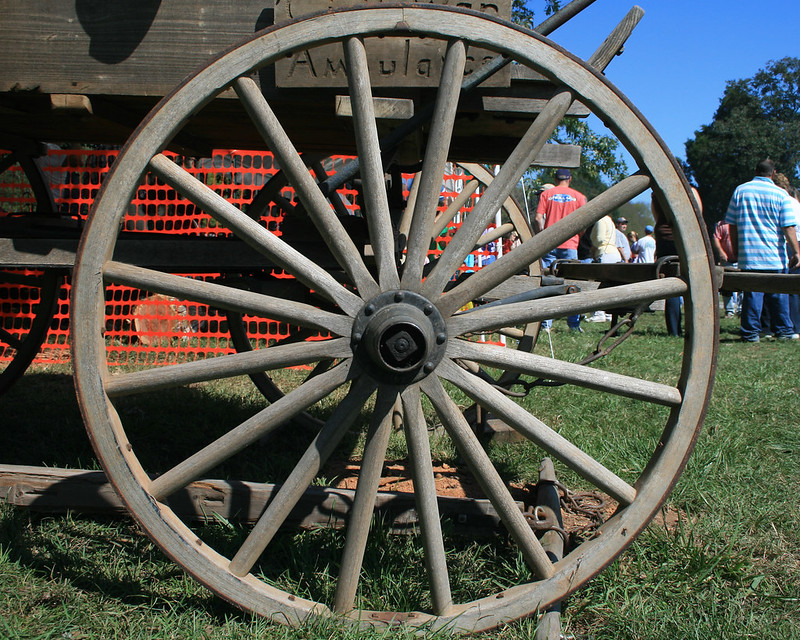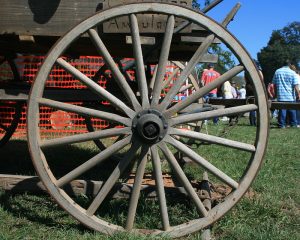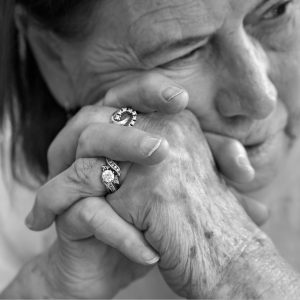
Internalised Ageism & the Wheel of Life: Walking in the Path of Light Part 4
The other night I was relaxing in front of the TV watching a well-known comedian. It was funny and enjoyable until he made a couple of jokes about old people. Apparently, we are “old crusties”, and then he parodied the shaky doddering walk of an old man whose legs no longer work properly. The audience laughed. Blatant ageism. I was furious. How dare he? And how dare they laugh? If he is lucky to live long enough, he too will walk like that in his senior years.
On the other hand, I recently bought a second-hand car from a lovely Indian couple who have migrated to Australia. They were so respectful to me as an older person. The husband said that because I was a senior citizen, I could name my own price for the car. He would not haggle. Of course, I gave him a good price, but I was touched, and I must say, I really enjoyed his kind attitude toward me. It made me feel better about myself.
When an older person hears terms such as geezer, old fogey, geriatric, fossil and over the hill, it’s hard not to internalise these attitudes and to yearn to return to one’s healthier life in the past. Yet the senior years are very valuable to both older people and to society at large.
We are valued and valuable.
What can we do to resist our own internalised ageism and really embrace our personal value as old people?
One helpful way is to review our lives – past, present and future – using the Wheel of Life. This image contrasts sharply with the typical timeline approach.
The Timeline
The timeline starts with birth on the left-hand side of the page and progresses to old age and eventually death, on the right. Along the way are various humps and bumps demonstrating high points and low points. Maybe there was the joy of babies in your twenties, career success in your thirties. Maybe there were depressions in the line in your forties or fifties when the kids left home or when you were bypassed at work by some Young Turk. Eventually you reach old age and it seems that everything is mostly down-hill from there into the inevitable grave.
The Wheel of Life approach gives us a very different perspective.
The Wheel of Life

The wheel in the picture is resting on the ground. The spoke touching the ground represents the here and now. Let’s imagine that each spoke of the wheel is a stage of life. Starting from the bottom of the wheel we progress, spoke by spoke, from babyhood through childhood, young adulthood, middle age, through to old age.
As the Wheel of Life turns, the spoke touching the ground represents the present – where you are right now. When you’re a baby, most of the spokes are stages of life yet to be lived. However, once you reach old age, the wheel has turned full circle and the spoke of old age is now touching the ground. The other spokes represent all your past experiences and memories.
Henri Nouwen first suggested looking at life as a wagon wheel. In his book, Ageing the Fulfillment of Life, he writes,
“This is what the wagon wheel teaches us by its simple beauty. Not one of its spokes is more important than the others, but together they make the circle full and reveal the hub as the core of its strength.”
I would say that the hub is God who holds all of the life stages together.
The Wheel of Life presents a democratic image of life. Each spoke is of equal value. Older people are as valuable as younger people – I cannot emphasise this strongly enough – and the present is the most valuable part of our lives. We have no choice about the stage of life we are at. That is our reality. The spoke on the ground is all we have and it is where we are meant to be.
The spoke on the ground is all we have and it is where we are meant to be.
Life Review
Once we reach the senior years, it is common to review our many memories, both positive and negative. In the past, we were probably future-focussed, always striving toward something, and probably not taking too much notice of where we were at the time. However, when there are a lot more past years than future years, instead of being future-focussed, we begin to look back and review our life. At this point, it’s tempting to sink into despair because life has happened and can’t be changed.

The older we are, the more baggage we carry so, we need to deal with our past as constructively as possible. That way, we can walk the path of light rather than the path of darkness and despair. One way is to focus on the here and now. By accepting the equal value of every spoke in the Wheel of Life, everything changes. Then we are able to walk in the light of whatever age we happen to be in.
I will explore some more ways to help us on this journey in future blog posts. In the meantime, let’s give thanks for our former spokes, our former selves. With God’s help, let’s forgive them their transgressions, their mistakes, their cringe-making moments. Let’s enjoy their successes, their moments of kindness, generosity and love. (Note: Such enjoyment is not sinful or arrogant. God is okay with us enjoying our own beauty and goodness. After all we are made in God’s image and God is very pleased with the result. See Genesis 1:31.) Let’s value where we are now in life with all the challenges and the joys that this stage brings.
Above all, let’s remember that as older people we are valued and valuable.
If you like this post, you might like to read:
Walking the Path of Light or Darkness in the Senior Years – Part 1
Is an Easy, Happy Life a Requirement for a Peaceful Old Age?: Walking the Path of Light – Part 2
How to Find Gratitude in the Darkness: Walking the Path of Light – Part 3
Image credits:
“Wagon wheel” by drothamel is licensed under CC BY 2.0.
“Alone” by docoverachiever is licensed under CC BY 2.0.




